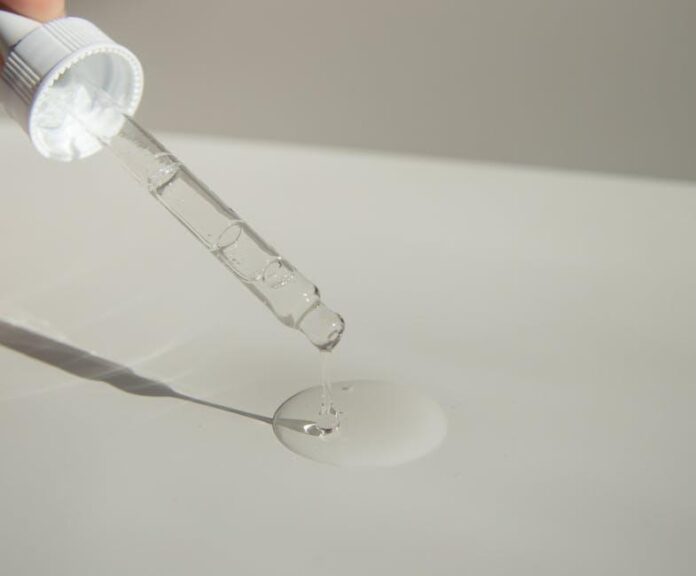
The HbA1c test, also known as the A1c test, is a common blood test used to diagnose and monitor diabetes. It measures the average blood sugar levels over the past 2-3 months, providing a more accurate indicator of how well diabetes is being managed compared to daily blood sugar testing.
In this comprehensive guide, we will discuss everything you need to know about the HbA1c test, including its importance, how it is done, what the results mean, and how to interpret and manage the results.
What is the HbA1c Test?
HbA1c stands for glycated hemoglobin, which is a form of hemoglobin that is bound to glucose in the blood. When blood sugar levels are high, more glucose binds to hemoglobin, resulting in higher levels of HbA1c. The HbA1c test measures the percentage of hemoglobin that is glycated, reflecting the average blood sugar levels over the past 2-3 months.
The HbA1c test is used to diagnose diabetes, monitor blood sugar control in people with diabetes, and to assess the risk of developing complications associated with diabetes, such as heart disease, kidney disease, and nerve damage.
How is the HbA1c Test Done?
The HbA1c test is a simple blood test that can be done at a doctor’s office or a laboratory. A small sample of blood is taken from a vein in the arm and sent to a laboratory for analysis. The results are usually available within a few days.
It is important to note that the HbA1c test does not require fasting, so you can eat and drink normally before the test. However, if you are already diagnosed with diabetes, your healthcare provider may recommend fasting for other blood tests, such as fasting blood sugar or lipid profile.
What Do the Results Mean?
The results of the HbA1c test are given as a percentage. A normal HbA1c level is below 5.7%, while a level of 5.7% to 6.4% indicates prediabetes. A level of 6.5% or higher is diagnostic of diabetes.
It is important to note that the target HbA1c level may vary depending on individual factors, such as age, health status, and the presence of other medical conditions. Your healthcare provider will work with you to set an appropriate target HbA1c level based on your unique needs and circumstances.
How to Interpret and Manage the Results?
If your HbA1c level is in the normal range, it is important to continue to monitor your blood sugar levels regularly and make healthy lifestyle choices to maintain good blood sugar control.
If your HbA1c level is in the prediabetes range, your healthcare provider may recommend lifestyle changes, such as eating a healthy diet, engaging in regular physical activity, and losing weight if needed, to lower your risk of developing diabetes.
If your HbA1c level is in the diabetes range, your healthcare provider may recommend medication, such as oral antidiabetic drugs or insulin, in addition to lifestyle changes, to help you manage your blood sugar levels.
It is important to work closely with your healthcare provider to monitor your blood sugar levels, adjust your treatment plan as needed, and prevent or delay the development of complications associated with diabetes.
In conclusion, the HbA1c test is a valuable tool for diagnosing and monitoring diabetes. By understanding the importance of the test, how it is done, what the results mean, and how to interpret and manage the results, you can take control of your diabetes and improve your overall health and well-being. If you have any questions or concerns about the HbA1c test, be sure to speak with your healthcare provider for personalized guidance and support.












